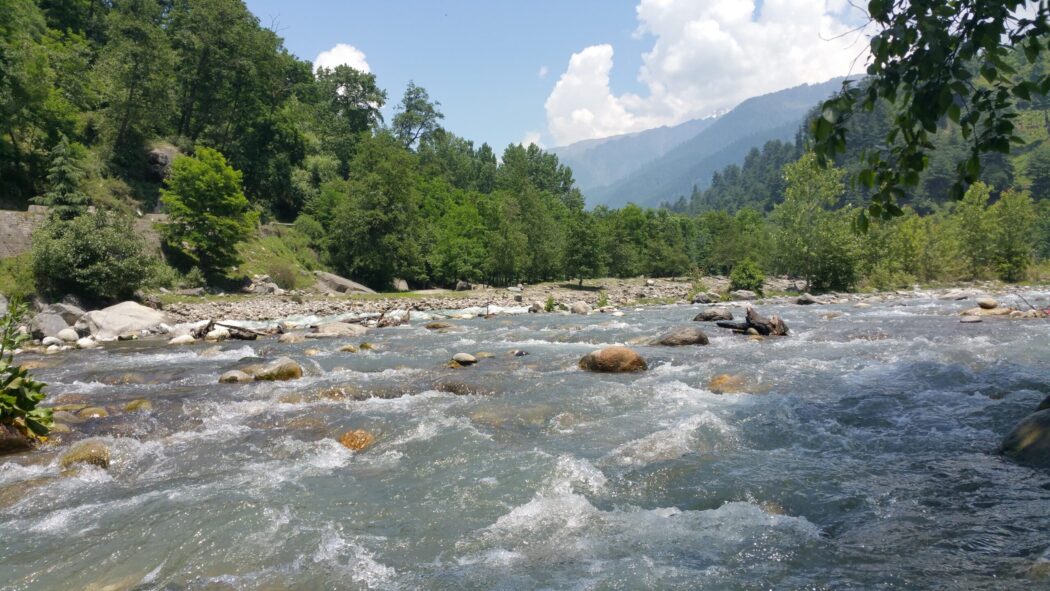Beas River

In the heart of northern India, amidst the towering peaks of the Himalayas, flows the majestic Beas River, a lifeline that sustains both the land and the people who dwell upon its banks. Beyond its natural beauty and ecological significance, the Beas holds a profound cultural importance that has shaped the lives and traditions of the communities that call its shores home. Join me as we embark on a journey to unravel the cultural tapestry woven along the banks of the Beas and explore the reasons behind its enduring significance.
The Beas River: A Cultural Nexus
Before delving into the cultural importance of the Beas River, it is essential to understand its geographical and historical context. Originating from the pristine glaciers of central Himachal Pradesh, the Beas meanders through lush valleys and fertile plains, eventually merging with the Sutlej River in Punjab. Throughout its course, the Beas has served as a conduit for cultural exchange, connecting diverse communities and fostering the growth of civilization.
Religious Significance:
One of the primary reasons for the cultural importance of the Beas River is its deep-rooted religious significance. The river holds immense spiritual value for Hindus, who consider it sacred and venerate it as a goddess. Along the banks of the Beas, numerous temples, shrines, and ghats bear testament to the reverence and devotion of pilgrims who flock to its shores to perform rituals and seek blessings. The town of Baijnath, home to the ancient Baijnath Temple dedicated to Lord Shiva, stands as a testament to the spiritual heritage of the Beas.
Similarly, the Beas River holds significance for Sikhs, particularly in the town of Sultanpur Lodhi, where Guru Nanak Dev Ji is believed to have attained enlightenment while meditating on its banks. The gurdwaras of Sultanpur Lodhi, including Gurdwara Ber Sahib and Gurdwara Sant Ghat, attract thousands of devotees each year who come to pay homage to the founder of Sikhism and immerse themselves in his teachings.
Cultural Heritage:
Beyond its religious significance, the Beas River is also intertwined with the cultural heritage of the region. The towns and villages that dot its banks are steeped in history, with ancient ruins, forts, and palaces serving as reminders of bygone eras. The historical significance of the Beas is exemplified by the city of Amritsar, which is located near its confluence with the Sutlej River. Home to the iconic Golden Temple, Amritsar is not only a spiritual center for Sikhs but also a symbol of cultural unity and diversity.
Economic Importance:
In addition to its religious and cultural significance, the Beas River also plays a vital role in the economic life of the region. The river’s waters are utilized for irrigation, supporting agriculture and horticulture activities in the surrounding areas. Furthermore, the Beas is a source of hydroelectric power generation, with several dams and barrages harnessing its energy to meet the region’s growing energy needs. The Bhakra Dam, located on the Sutlej River downstream of the Beas, is one such example of the river’s contribution to economic development.
Environmental Value:
Beyond its tangible contributions to religion, culture, and economy, the Beas River also holds intrinsic value as an ecological treasure. The river sustains diverse ecosystems, supporting a rich array of flora and fauna along its course. From alpine meadows and coniferous forests in its upper reaches to wetlands and agricultural fields in its lower basin, the Beas nurtures a delicate balance of life that is essential for the well-being of both humans and wildlife.
Conclusion:
In conclusion, the Beas River stands as a testament to the intertwining of nature, culture, and spirituality in the fabric of northern India. From its origins in the Himalayas to its confluence with the Sutlej River, the Beas embodies the rich heritage and traditions of the region, serving as a source of inspiration and sustenance for generations past and present. As we reflect on its cultural importance, let us recognize the profound impact that the Beas continues to have on the lives and livelihoods of those who cherish its waters and honor its legacy.
Know More about the Beas River.
What are The Religious Places of the Beas River?
When Did The Beas River Basin Become a Focus?
Where is The Beas River Located?
Who Were The Key Historical Figures and Civilizations of The Beas River?
How to Reach Beas River?




